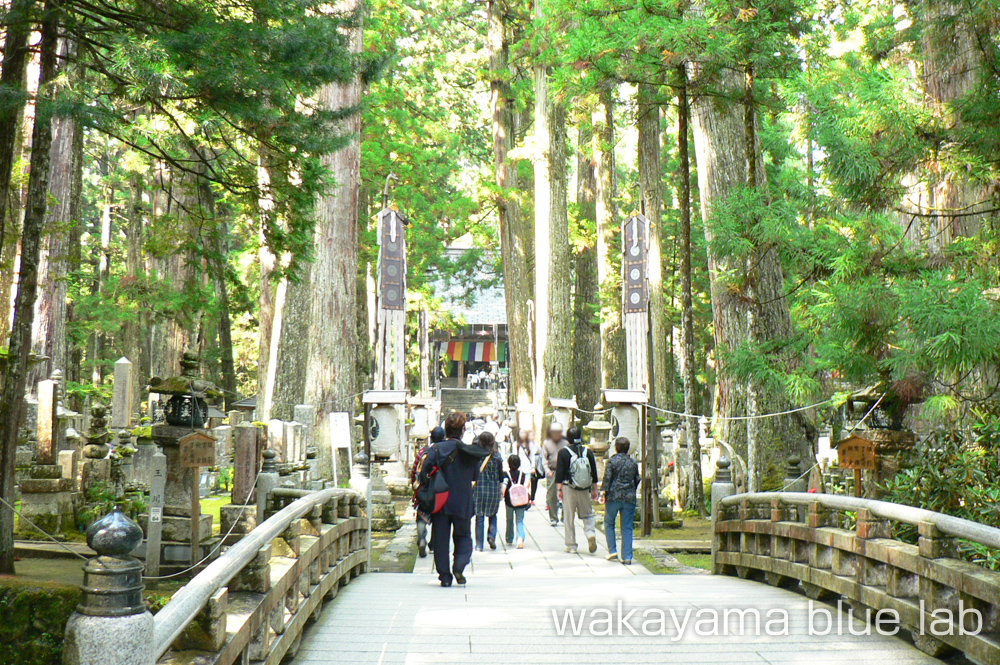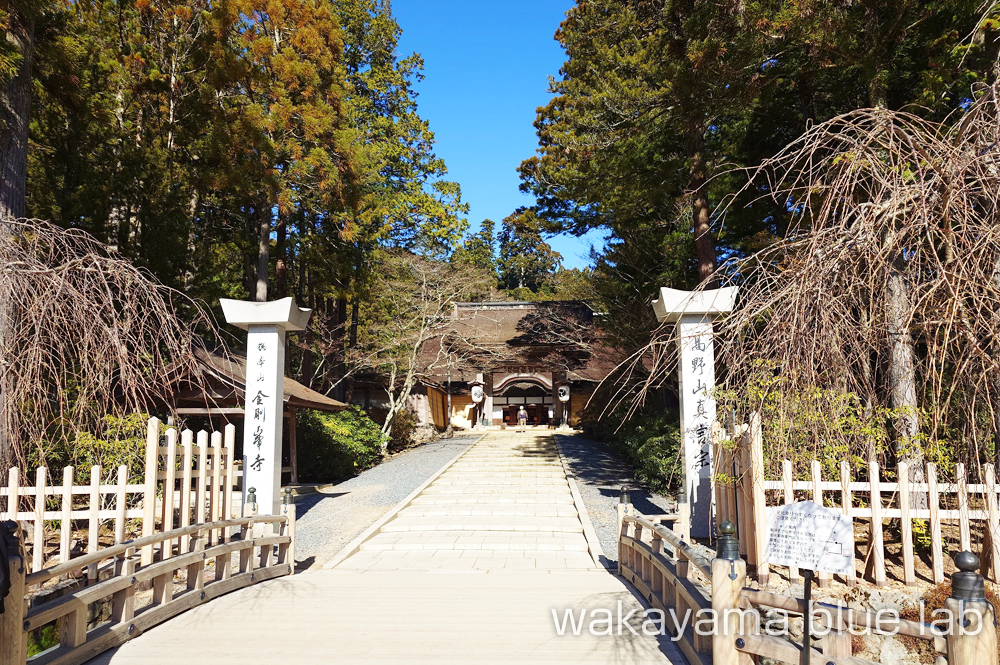
World Heritage Kongobuji The head temple of Koyasan
I would like to introduce Kongobuji Temple, the head temple of the Koyasan Shingon Sect, located in Koya Town, Wakayama Prefecture. It reads “Kongobuji.
Koyasan was registered as a UNESCO World Heritage Site in July 2004 as “Sacred Sites and Pilgrimage Routes in the Kii Mountain Range,” and is visited by many people from Japan and around the world.
The person who built Kongobuji Temple on Koyasan is Kukai (Kobo Daishi, or Great Teacher). Construction of the temple began in 816, and while the building was destroyed by fire caused by lightning, it is said that many people such as Taira no Kiyomori, Hojo Masako, and Toyotomi Hideyoshi helped in its construction.
It is said that Kukai named the temple after a sutra called “Kongoburokaku Issai Yuga Yugi Kyō. It is the place where the religious affairs of Koyasan as a whole are administered, and is also the residence of the high priest (supreme head) of the Koyasan Shingon sect.
Translated with DeepL.com (free version)
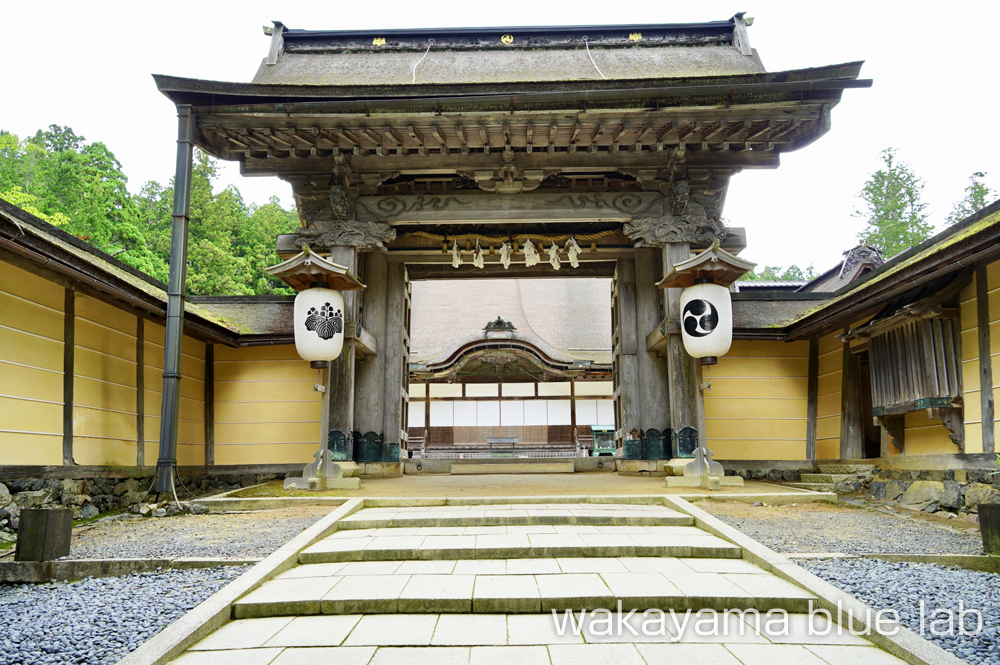
Where is Kongobuji Temple located? When we say “Sohonzan Kongobuji Temple,” we mean the whole of Koyasan. In this article, we will introduce the central temple of Koyasan called Kongobuji Temple.
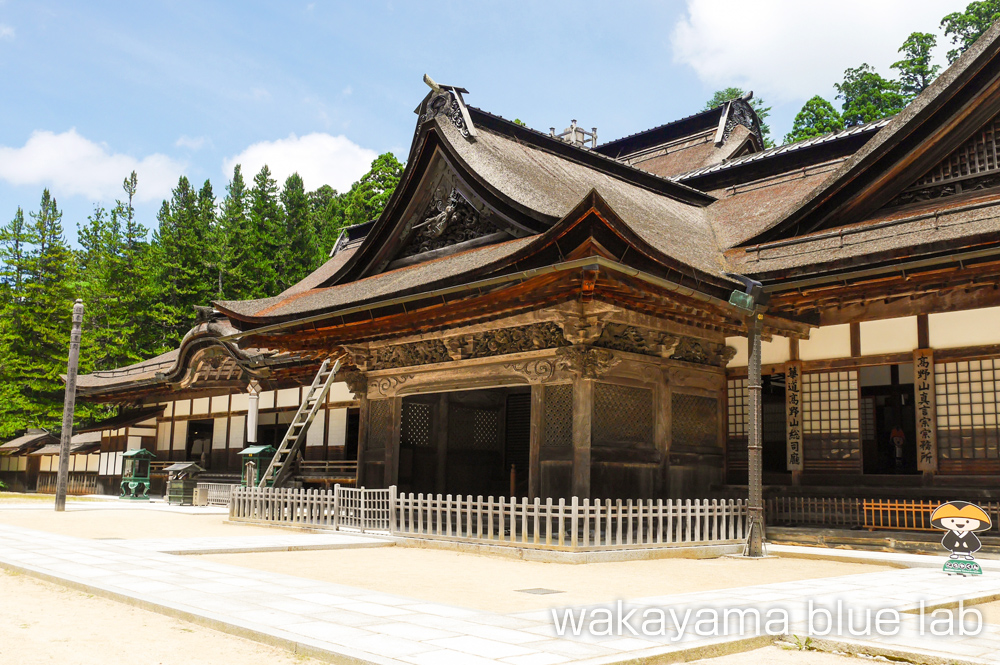
The photo above shows the Main Hall (Honbo) of Kongobuji Temple, which was officially designated as an Important Cultural Property on January 19, 2024. You can see the enclosed entrance. This is the main entrance to Kongobuji Temple and is called the Main Entrance. Like the main entrance, this gate is said to have been reserved for the emperor, the royal family, and the chief priests of Koyasan. Next to the Main Entrance is another entrance, called the Small Entrance, which is used by Koyasan’s top-ranking priests.
entrance fee
The entrance fees for Kongobuji Temple are as follows
| Target audience | Admission fee | Time | Notes | |
| Kongobu-ji Temple | Junior high school students and above | 1,000 yen | 8:30-17:00 (Registration until 16:30) |
Free for preschoolers |
| Elementary school students | 300 yen |
※Group discount: 20 or more people… 10% off, 50 or more people… 20% off, 100 or more people… 30% off
Points of Interest
The highlight of Kongobuji Temple is its many cultural assets. For a fee, visitors can tour the interior of the main building and the gardens. Kongobuji Temple has been used for important ceremonies and receptions of the royal family, and the valuable fusuma paintings and architecture are a sight to behold.
Tea and sweets are served in the new detached hall, so it is recommended to take a break during the tour. Here are some of the highlights of the museum.
Daishuden
It is a large building measuring 60 meters from east to west and 70 meters from north to south, and is located in the center of Kongobuji Temple. It includes the Jibutsuma (Buddha room) where Kobo Daishi is enshrined, a large hall where important ceremonies and memorial services are held, and the Jodan-ma (upper level room) used for audiences of the royal family, etc. Many splendid sliding door paintings by famous painters can be seen.
The roof is made of layers of cypress bark, called hiwadabuki. This method of roofing is rare and has been registered as an intangible cultural property by UNESCO. Because fires can easily spread, rain barrels are placed on the roof to collect rainwater to prevent fires from spreading. The current building was rebuilt in 1863 after having burned down several times in the past.
Kitchen
It is located on the east side of the main hall. Since the Edo period (1603-1868), it has been used to feed a large number of monks. The pillars and beams, blackened with soot, give a sense of history. A water tank made of Koya-maki (Japanese umbrella pine), a food storage stand hanging from the ceiling, and cauldrons can be seen.
Three cauldrons in a row, each weighing approximately 98 kg, cooked enough rice for 2,000 people at a time. Sanpo-arajin, the god of the kitchen, is enshrined in front of the cauldrons.
Shinbetsuden
This is an open hall with a red carpet. Visitors can take a break with tea and sweets (included in the entrance fee). Monks give Dharma talks (thankful stories about Buddhism) from time to time.
Banryutei
At 2,340 m2, this is one of the largest stone gardens in Japan. The sand is represented by a sea of clouds and the rocks by dragons. The inner hall in the center is a noble guest room, with a male and female dragon guarding it.
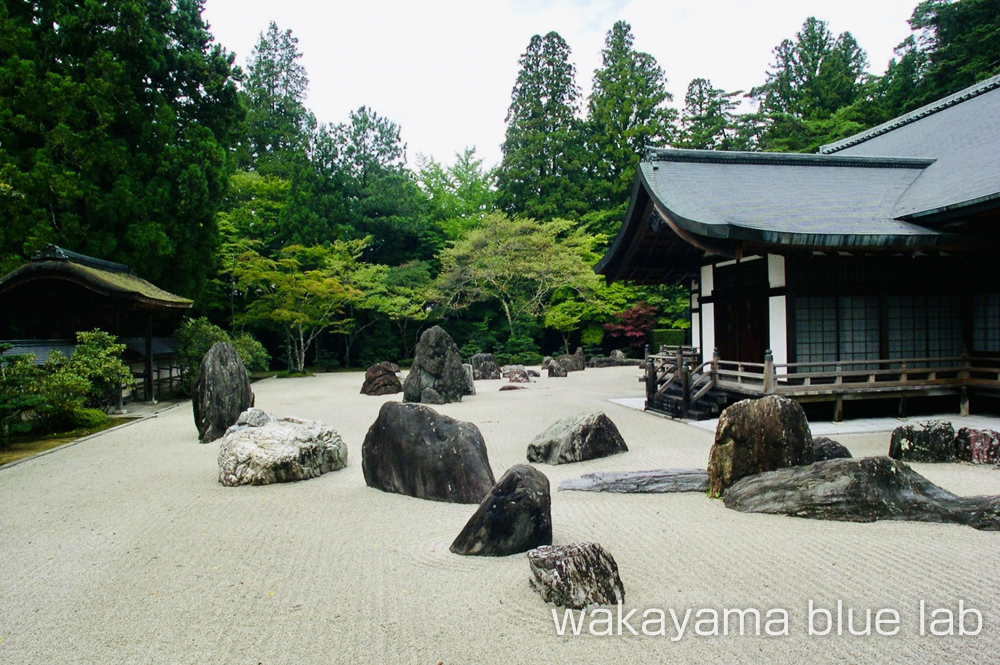
Personal experience
Visitors can experience unique Koyasan practices such as sutra copying, ajikan (recitation of the sutra), and giving the precepts. Ajikan is a breathing and meditation technique in the Shingon sect of Buddhism. The ajikan meditation hall in the coiling dragon garden mentioned above will be the venue for this event. The experience of meditation in the pure air of Kongobuji Temple will cleanse your mind and body. Anyone can participate in this program, even if you are a beginner, as you will receive careful guidance.
| Dates | Saturday, April 20, 2024 to Monday, November 18, 2024 |
| Time (4 times a day) | 9:00, 11:00, 13:30, 15:30 |
| Duration and capacity | Approximately 1 hour, capacity of 14 people per session |
| Fee | 1,000 yen (for elementary school students and above) |
Pay the fee for the Ajikan at the temple’s viewing counter.
Please note that the tour may be canceled or its time may be changed due to events at Kongobuji Temple.
Reception Method
- Reception is available directly at the Kongobu-ji Temple Annex Sales Office
- Reservations can be made on the tablet devices installed at the Koyasan Shukubo Association Central Information Office, Ichinohashi Information Office, and Nakanohashi Information Office, as well as here (Koyasan Pilgrimage Association Limited Company Experience Reservation Site) (limited number of people, card payment)
- ※For reservations for 2, please contact the Shukubo Association [Tel: 0736-56-2616]
- ※Reservations cannot be made on the Kongobu-ji Temple website.
For the dates of events, please refer to the official website:https://www.koyasan.or.jp/experience/
Parking lot
Kongobuji Temple has a free “Kongobuji-mae Parking Lot” that is always open. This parking lot can accommodate 39 passenger vehicles. If this parking lot is full, Kongobuji Parking Lot No. 2 is a 3-minute walk away and can accommodate 72 cars.
Access
For access by car, it takes about 35 minutes from the Katsuragi Nishi IC of the Keihanna Expressway. By train, take the Nankai Rinkan Bus from Koyasan Station on the Nankai Koya Line to Koyasan Kongobuji-mae and walk about 1 minute.
Temple details
| Name | Koyasan Kongobuji 高野山 金剛峰寺(こうやさん こんごうぶじ) |
|---|---|
| address | 132, Koyasan, Koyamachi, Ito-gun, Wakayama, Japan |
| Telephone number | 0736-56-2011 |
| Admission | Junior high school students and older: 1,000 yen Elementary school students: 300 yen Free for preschool children |
| Regular holiday | nothing |
| Visiting hours | 8:30 – 17:00 (reception by 16:30) |
| Home page | Official Website |
| Official Facebook | |
| Official Instagram | |
| X(twitter) | Official X |
| Parking | ■Kongobuji Parking (free:39 spaces) ■Kongobuji Parking No.2 (free: 72 spaces) |
| access | ■Access by car 50 minutes from the Katsuragi-nishi IC of the Keinawa Expressway ■Access by train or bus Approx. 3 hours from Shin-Osaka and Kansai Airport, respectively. |
※The above information is information at the time of visit. Please note that the dates may have changed, so please check by phone or website.

